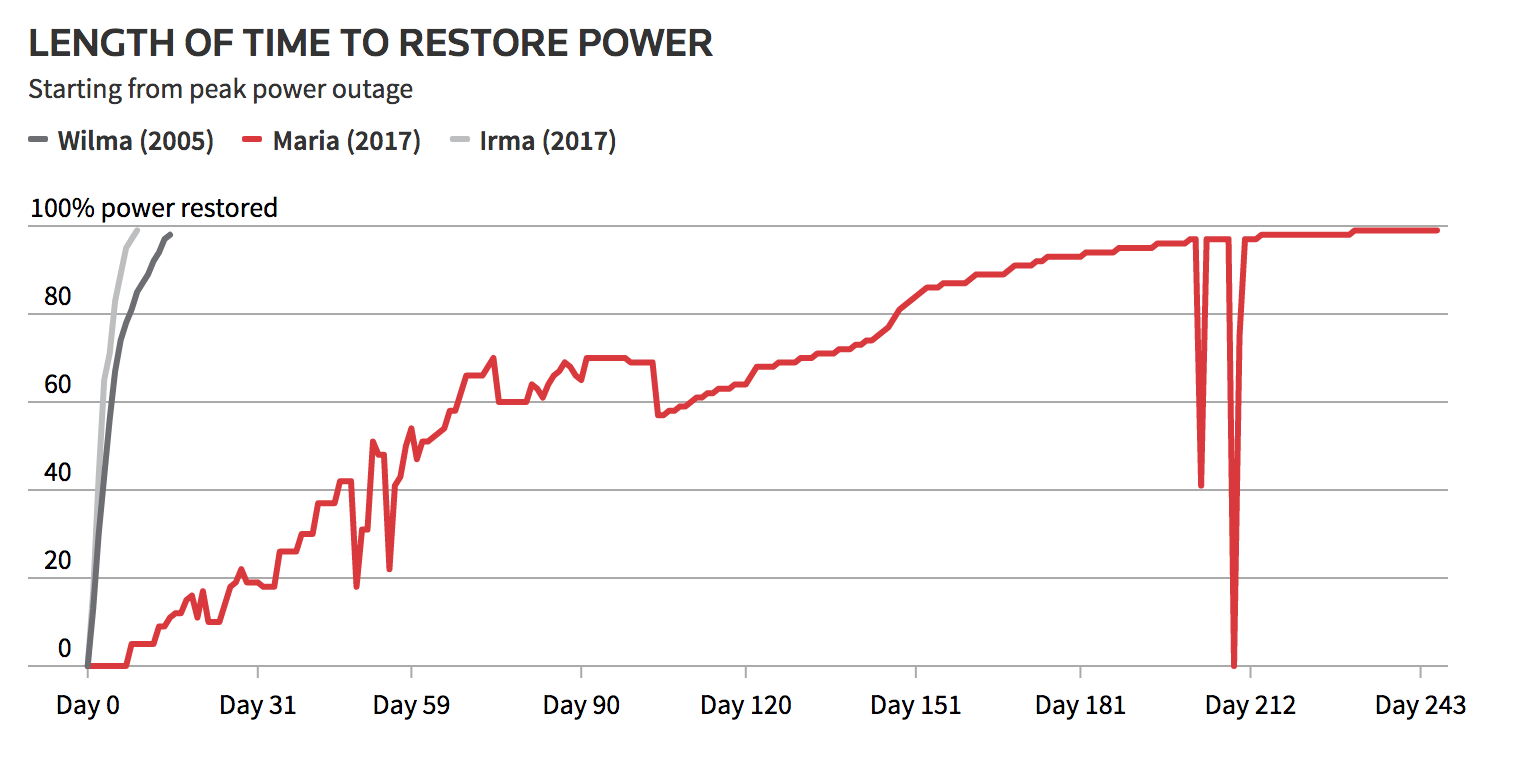As the partial government shutdown drags on and the American public grows increasingly weary, President Donald Trump seems to have found the one way to make funding for his border wall even more unpopular.
Trump is reportedly considering declaring a national emergency in order to build his wall along the U.S.-Mexico border. In the process, he would take money from the victims of major disasters in Texas, California, and Puerto Rico — ongoing relief efforts that have broad bipartisan support.
“President Trump is threatening to grant himself extraordinary powers to steal billions of dollars from disaster-impacted communities,” Speaker Nancy Pelosi (D-CA) told House Democrats on Friday.
Members of Trump’s own party voiced their opposition as well. “I will oppose any reprogramming of Harvey disaster funds,” Senate Majority Whip John Cornyn (R-TX), said in Texas on Friday. Rep. Mario Díaz-Balart (R-FL), who sits on the House Appropriations Committee, told E&E News Monday he did not think Puerto Rico’s money could be re-purposed, while “acknowledging that it also would spark angst among members if the administration attempted to do that.”
Trump’s idea of stealing recovery funds from Puerto Rico is especially heartless considering the fact that the president completely botched the island’s recovery from Hurricane Maria in the first place.
As this jaw-dropping chart from Reuters shows, while it took about a week to restore 80 percent of the power after hurricanes Wilma and Irma, the Trump administration required 150 days to reach that point after Maria hit Puerto Rico.

That means some five months after the disaster, over half a million U.S. citizens were still without power. It’s no wonder then that the death toll ended up being so high — nearly 3,000 people, according to the official estimate.
Puerto Rico is a poor, minority territory that Trump has repeatedly blamed for his own failures. In one tweet from September 2017, he cited its debt, aging infrastructure, and outdated grid as an explanation for why the power restoration was taking so long.
…It's old electrical grid, which was in terrible shape, was devastated. Much of the Island was destroyed, with billions of dollars….
— Donald J. Trump (@realDonaldTrump) September 26, 2017
Trump’s entire approach to Puerto Rico vindicates an analysis in The Atlantic from last October, “The Cruelty Is the Point,” in which Adam Serwer argues that “Trump’s only true skill is the con” and “his only real, authentic pleasure is in cruelty.”
Serwer concludes, “It is that cruelty, and the delight it brings them, that binds his most ardent supporters to him, in shared scorn for those they hate and fear.”
The wind, rain, and flood damage from hurricanes Maria and Harvey were uniquely devastating, meaning full recovery will take many years. Funds are especially needed now before another hurricane season starts in a few months.
Tragically, building a massive barrier in the Rio Grande floodplain — a centerpiece of Trump’s border wall plan — would only worsen the future flooding.
Major deluges would turn any serious barriers into dams that would channel and deflect huge amounts of Rio Grande flood waters to population centers and other vulnerable areas. That’s why, as ThinkProgress reported last week, such projects were banned under a 1970 treaty with Mexico.
A recent Politico poll found that the wall’s popularity (44 percent) is roughly the same as Trump’s (43 percent). But only 22 percent of respondents said a “temporary government shutdown” is justified for the president to achieve his policy goals, while 65 percent said it is not.
So it’s no surprise the president’s popularity has declined steadily since the shutdown, according to polling aggregator FiveThirtyEight, and as of Monday, is barely above 40 percent.
If Trump actually tries to take money from disaster victims to pay for his wall, we may find out just how many people belong to this group of his most ardent supporters.

